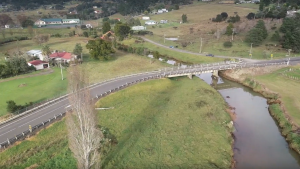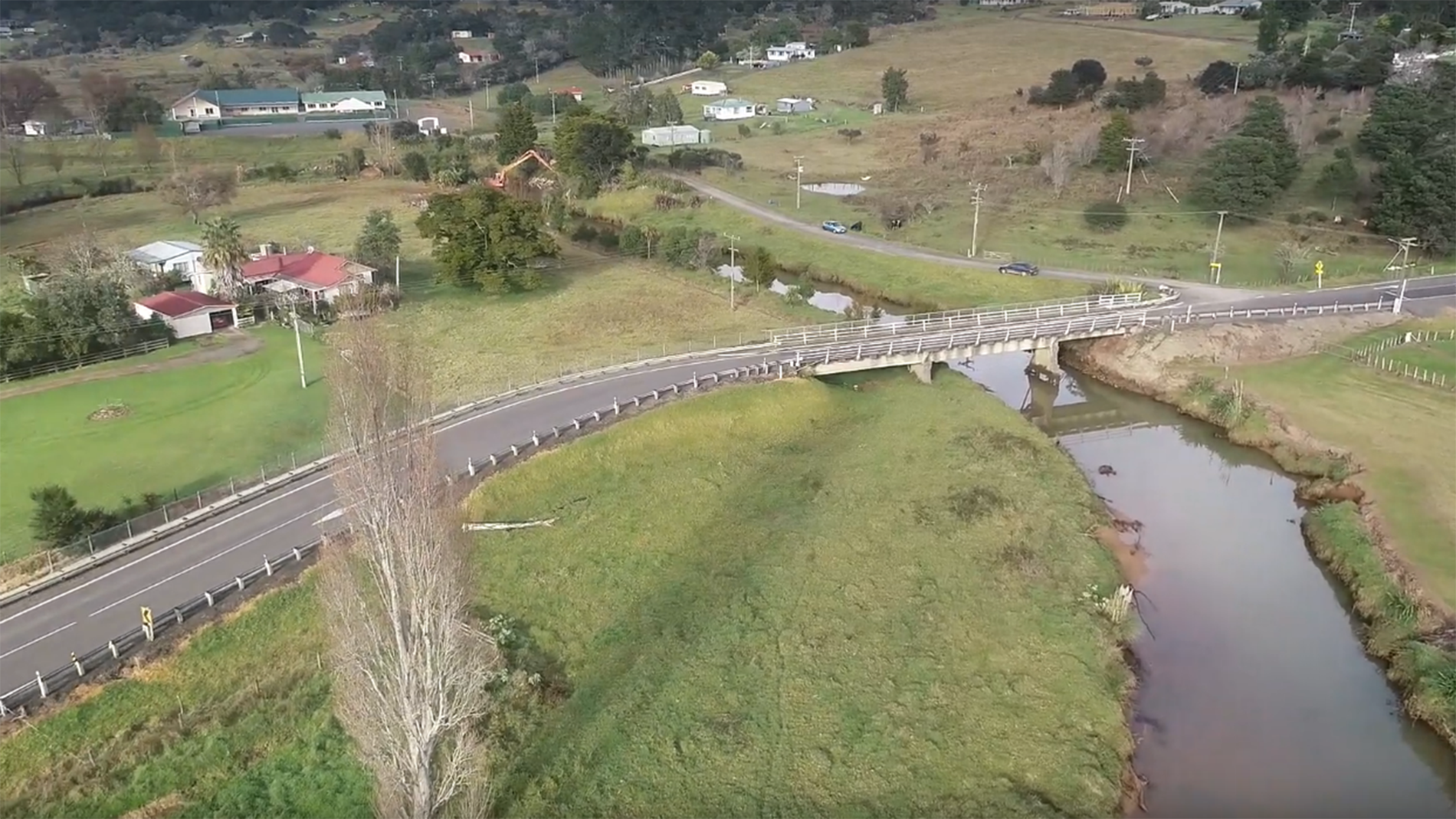 Funded: $855,592 by One Billion Trees, Te Uru Rākau, MPI
Funded: $855,592 by One Billion Trees, Te Uru Rākau, MPI
Total project cost: $1.36m
Project duration: 3 years
New jobs expected over project life: 5.85
This project, in partnership with Ngāti Pūkenga ki Waiau and Ngaati Whanaunga builds on river management works that have been carried out by the regional council, marae, iwi and adjacent landowners since the 2002 ‘weather bomb’. It will improve river water quality, reduce sedimentation build-up in the harbour and provide opportunities for cottage industry, bringing to life the aspirations of iwi for their awa. The programme of work helps realise the Manaia River Restoration Plan, which was recently developed by landowners and the regional council.
Manaia was well known for its rich abundance of food in the river, estuary and sea. Fishing and mussel farming employ locals (as well as the total immersion school Te Wharekura O Manaia), however changes in the catchment have seen an increase in siltation, runoff and localised flooding resulting in a decline in stream health. In the community there was growing concern about the state of the water and a desire by local iwi and landowners to take action and preserve the awa for future generations.
To help restore the river and catchment, the Manaia community will look to establish a plant nursery, collect eco-sourced seed, grow required numbers and species of plants, undertake site preparation as required, planting, maintenance of native plants and oversight of incorporation of matauranga Māori into this project.
The council’s role is to oversee the project and provide support and advice.
Key activites
- A lead team (from Ngāti Pūkenga and Ngaati Whanaunga) established to deliver the objectives of the project.
- A coordinator, leading hand and three field operators from the community employed over project duration
- Staff trained in first aid, health and safety, the RMA, pest control, electrofishing, chainsaw use, fencing and a heap of other field skills.
- 3 local whanau plant nurseries set up, which provided plants in year 3 of the project.
- 39,795 eco-sourced native trees – predominantly wetland species – planted.
- 6.6 kilometres of fencing completed, mostly along the Tupa Stream all the way to the ngahere in upper catchment (forest area).
- Rock and willow groynes installed to slow down erosion at river corners.
- A water quality monitoring programme developed.
- An upper catchment predator control plan and network developed, with 74 traps installed.
- Training a local workforce in planting, weed control and vegetation management.
- Installation of a rain gauge at the Manaia Fire Station allowing for an increased understanding of the weather events impacting Manaia.
Environmental benefits:
- Improved water quality through reduced sediment and nutrient inputs.
- Improved biodiversity through habitat enhancement, weed control, and predator control.
Meet the team



 My mum was born and bred here, tangata whenua. I was born and bred here, been here for 54 years, went to the school here. Got brought up by my uncle partway through my childhood. An old kaumatua. One of the great chiefs of the tribe. He taught me practical skills which I am passing on to the boys. Kaitiaki stuff, as guardian of the area. The ngahere, the moana; gathering kai to support our family and the marae and the community.
My mum was born and bred here, tangata whenua. I was born and bred here, been here for 54 years, went to the school here. Got brought up by my uncle partway through my childhood. An old kaumatua. One of the great chiefs of the tribe. He taught me practical skills which I am passing on to the boys. Kaitiaki stuff, as guardian of the area. The ngahere, the moana; gathering kai to support our family and the marae and the community. Before here, I was working for MEG (Moehau Environment Group), team leader, up in the north. I’ve been away for 10 years. I think there’s some relief I’ve come back to bring my skills to this project.
Before here, I was working for MEG (Moehau Environment Group), team leader, up in the north. I’ve been away for 10 years. I think there’s some relief I’ve come back to bring my skills to this project. My mum and dad were born and bred here, moved to Tauranga, but, as a child growing up, we kept coming back in the holidays. I’ve lived here for 12 years now. We have whakapapa here, relatives here, cousins here, the whole family. I am Ngāti Pūkenga.
My mum and dad were born and bred here, moved to Tauranga, but, as a child growing up, we kept coming back in the holidays. I’ve lived here for 12 years now. We have whakapapa here, relatives here, cousins here, the whole family. I am Ngāti Pūkenga. I’m sort of an outlaw, inlaw. I have been holidaying here for 25 years and moved back for the last 12 years. I’m Trish’s husband, her better half.
I’m sort of an outlaw, inlaw. I have been holidaying here for 25 years and moved back for the last 12 years. I’m Trish’s husband, her better half.



